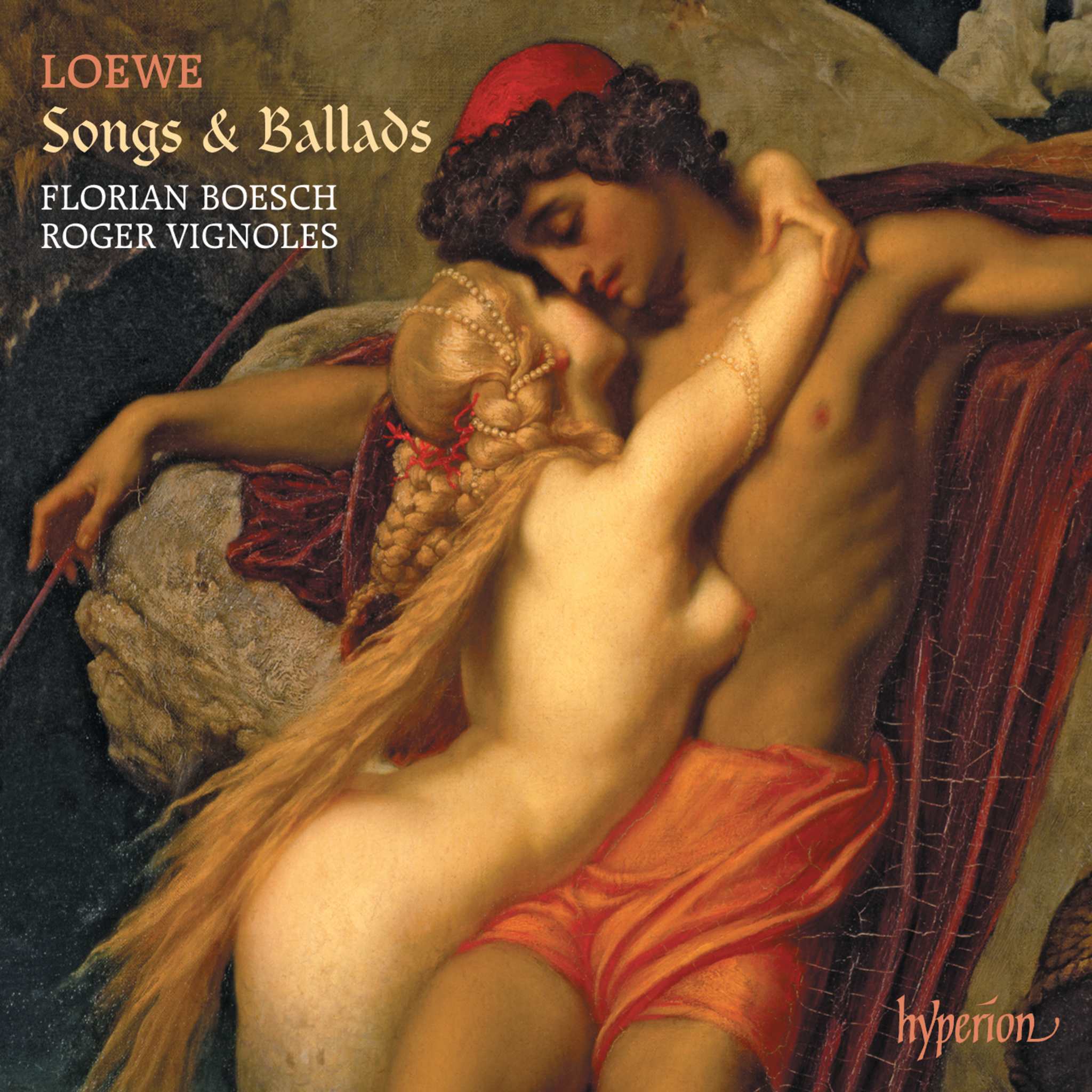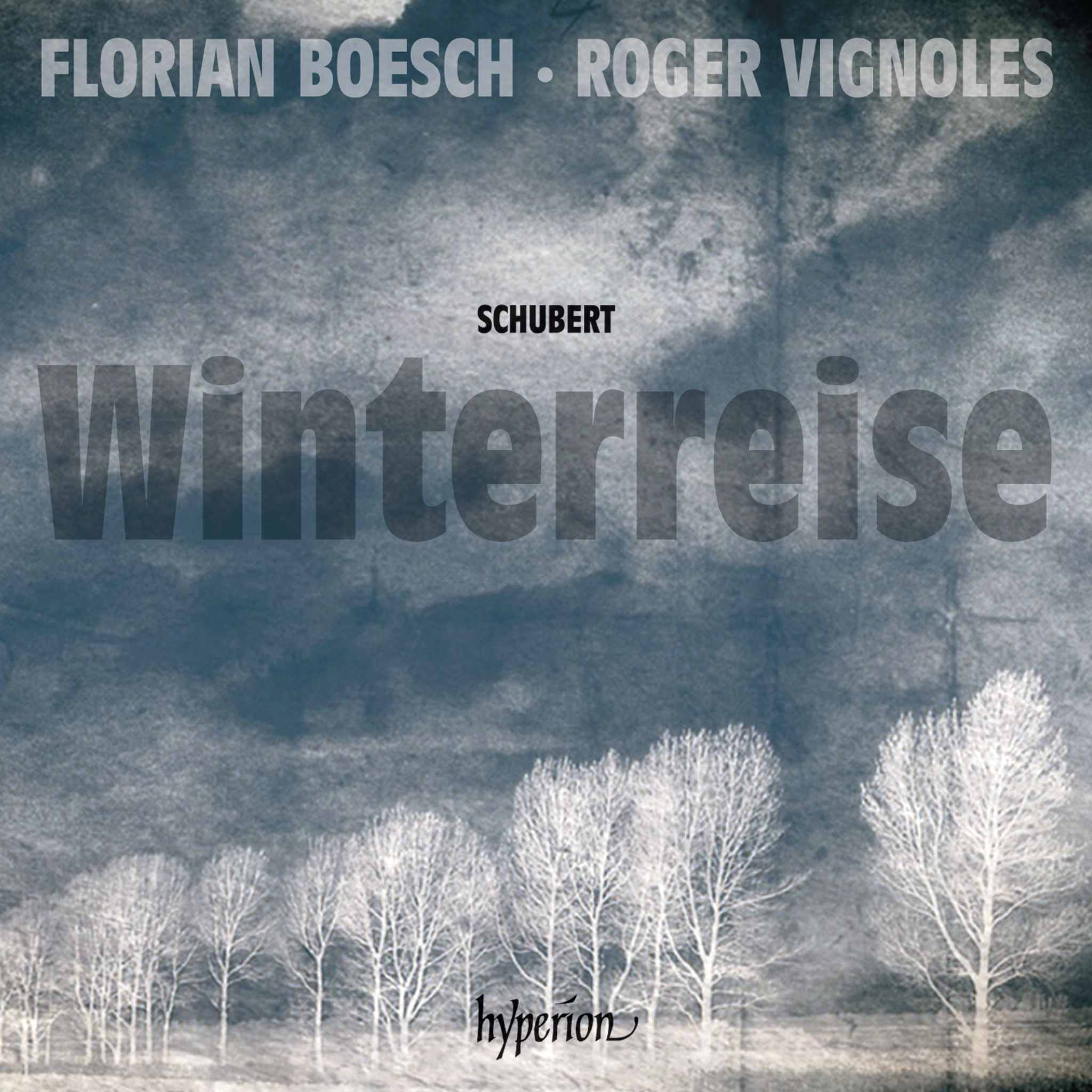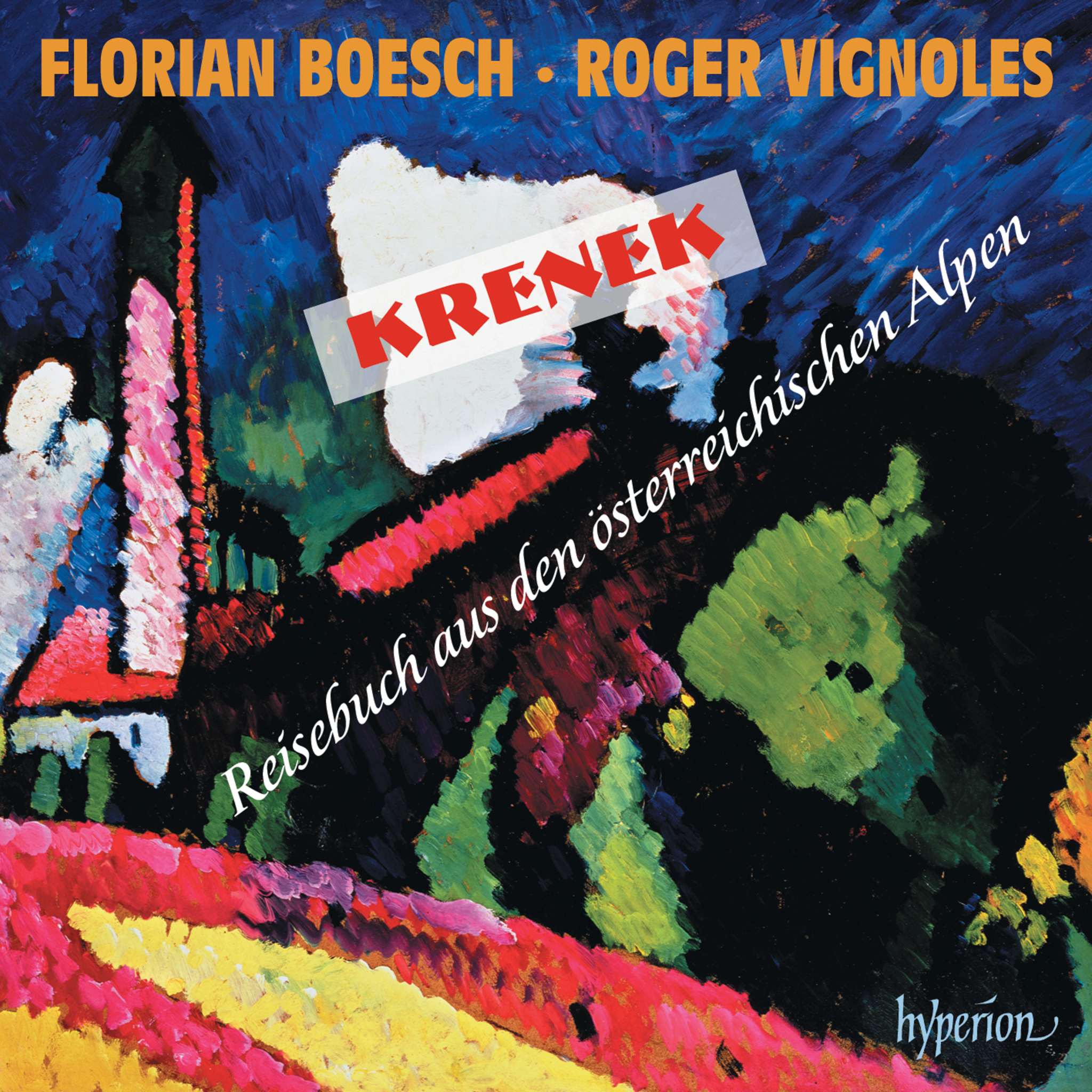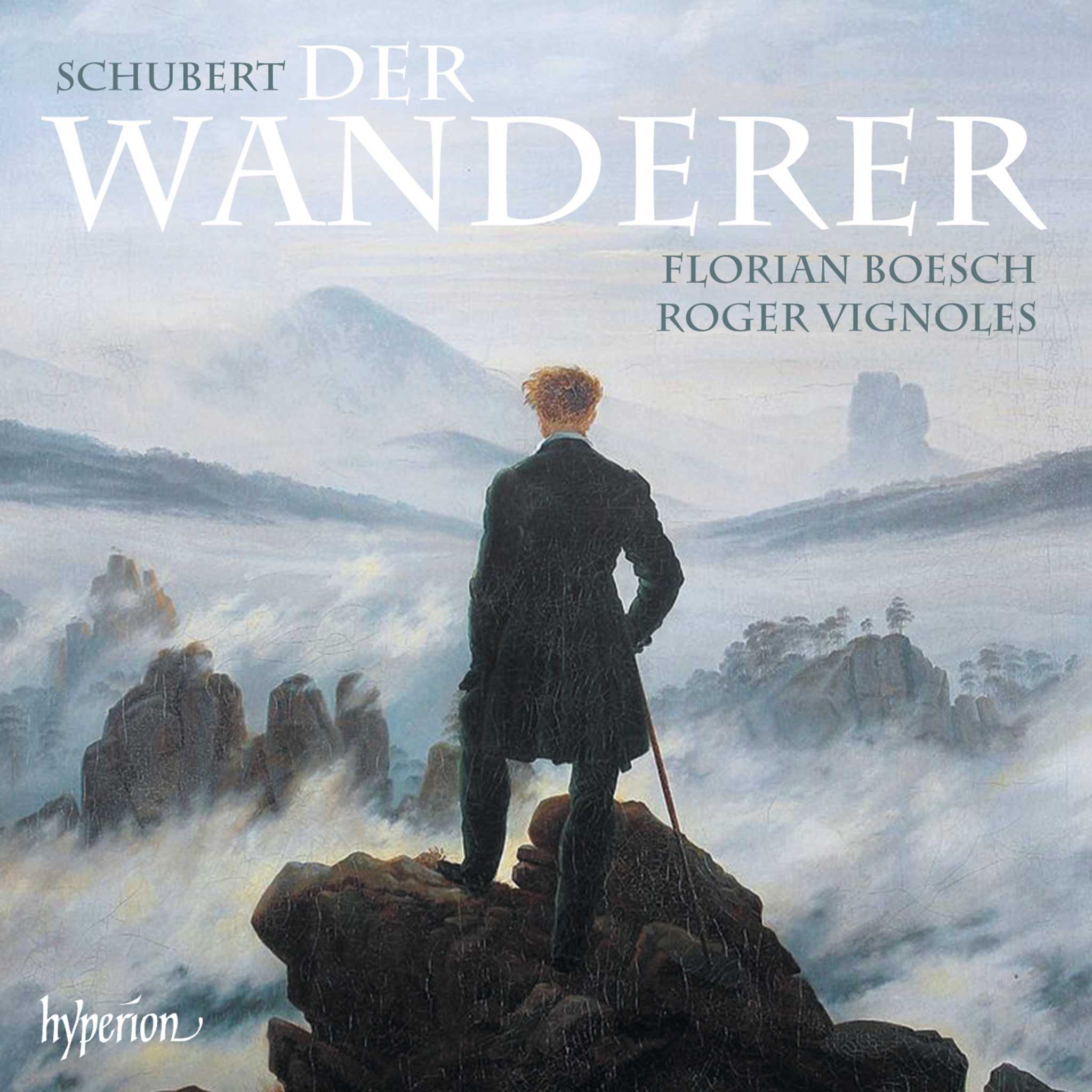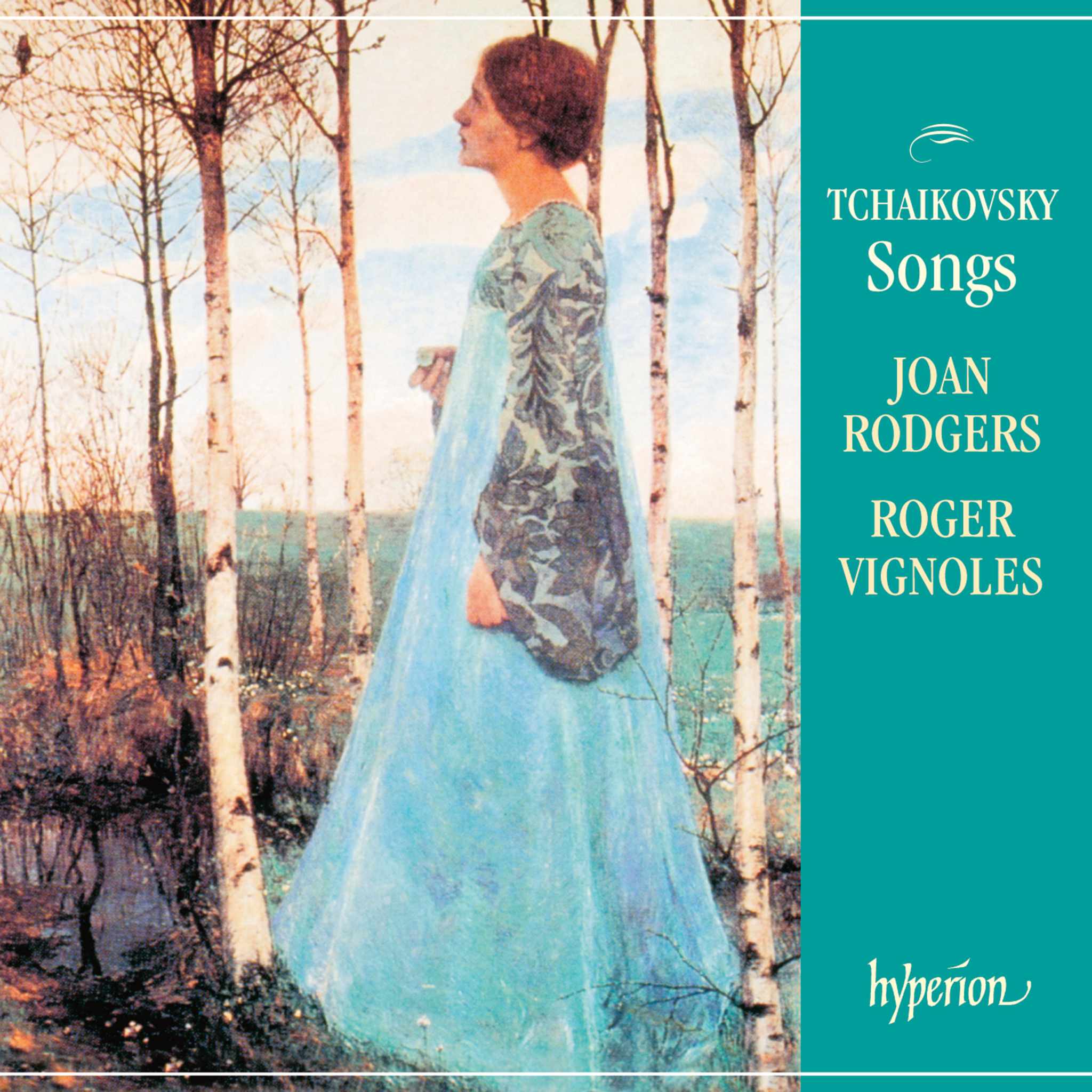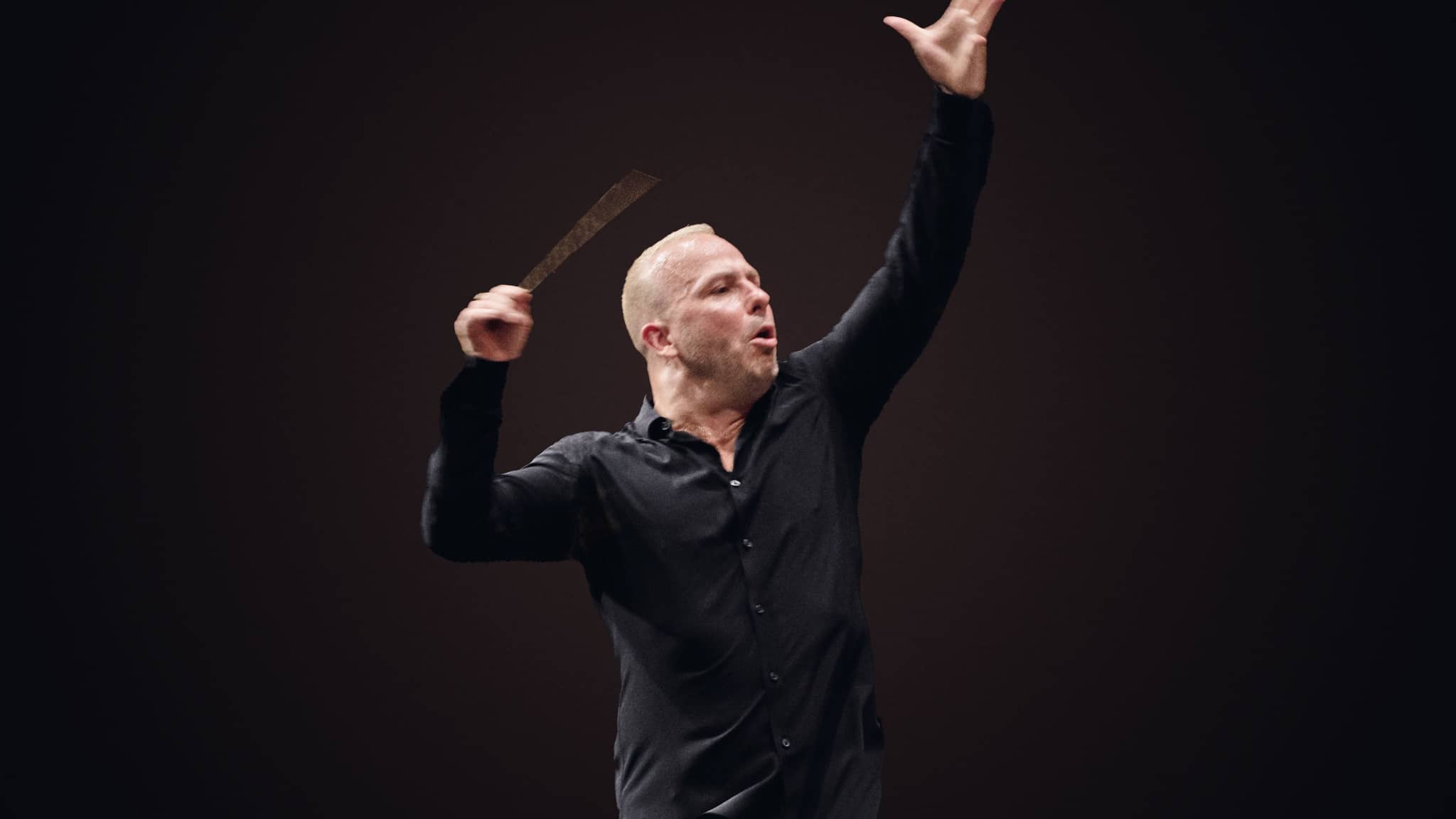Album insights
Michael Tippett spent forty years of his life before completing what is known today as his Symphony No. 1. Born in 1905, he faced a childhood in Suffolk marked by both affluence and traumatic events like World War I that ruined his family financially. His schooling was marred by abuse, leading him to realize his minority positions in society as a homosexual, pacifist, and leftist.
Enrolling at the Royal College of Music was almost arbitrary for Tippett, driven not by innate musical talent but by a desire to confront political and psychological shifts through art. Despite this, he decided to study composition, which took time to master. After a lackluster initial study period, he returned to overcome his weaknesses and study counterpoint. He developed a unique style, blending Bartók's sharpness, early Stravinsky's rhythm, jazz syncopation, and Tudor and Renaissance techniques.
Nearly ten years later, Tippett began working on what is now labeled Symphony No. 1 (1944/45). Before World War II, he engaged in leftist politics but later shifted to pacifism after introspection and a failed romance. He started the symphony during wartime, following personal struggles and incarceration.
The symphony, influenced by Beethoven yet challenging his legacy, aimed to be powerful and discomforting. Each movement featured distinct themes, like the contrapuntal rigor of the first movement and the deep, haunting Adagio. The symphony concluded with a gripping double fugue, showcasing Tippett's evolving style and emotional depth.
Tippett's Symphony No. 1 premiered in 1945 but failed to make a lasting impact initially. Subsequent years saw fewer performances than his earlier works, creating an amateur perception of Tippett. Despite setbacks, he composed Symphony No. 2 in response to critiques, embodying festivity, renewal, and tension bridging further compositional developments in later works.
The second symphony's four movements exemplified Tippett's rhythmic exuberance, exploring rich soundscapes while delving into structured musical blocks. The piece, influenced by Stravinsky and British tradition, illustrated a dance of contrasts and unyielding progression. Each movement unfolded distinct moods, from joy and tenderness to dance-like celebration, showcasing Tippett's evolving symphonic language.

